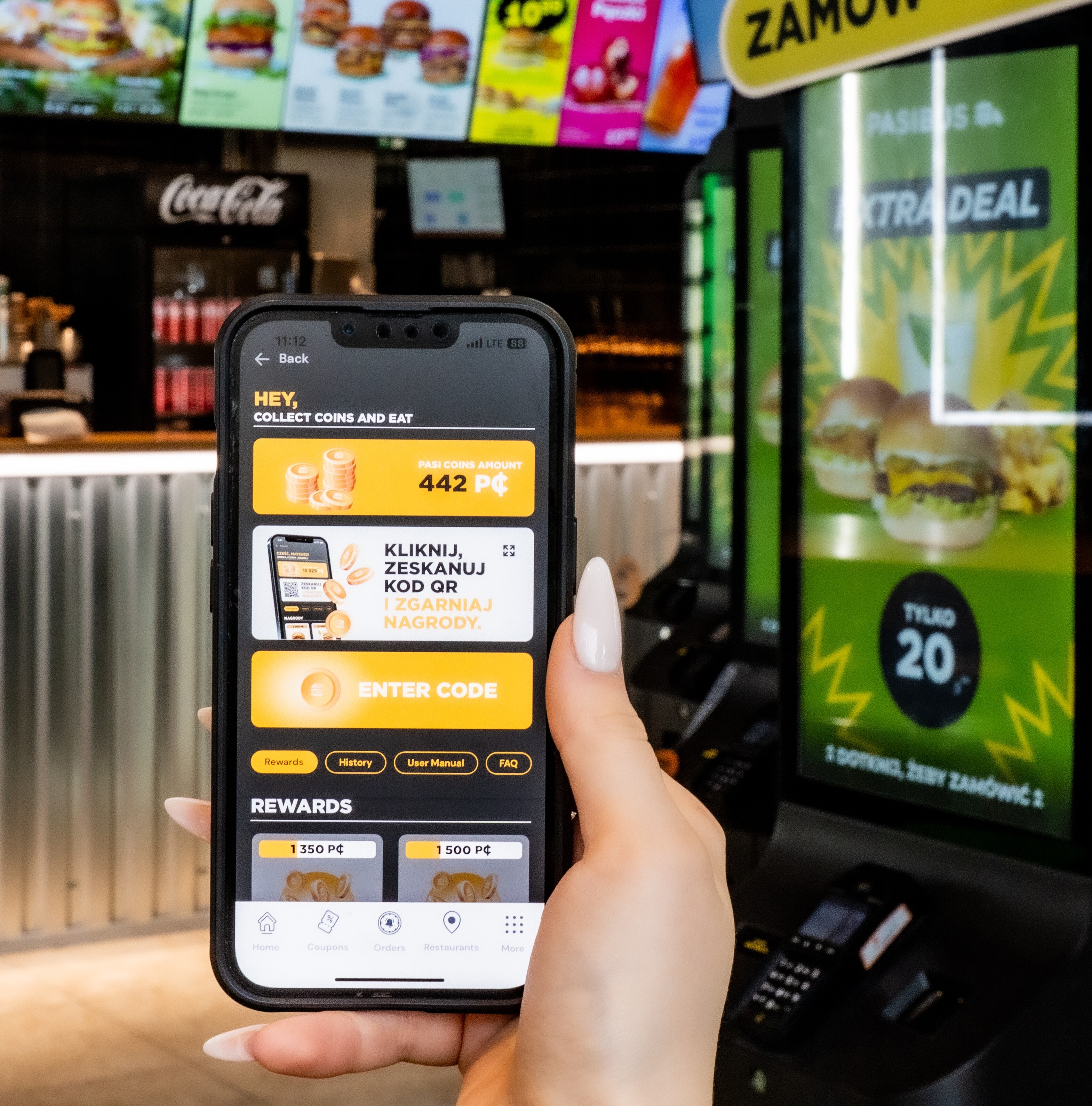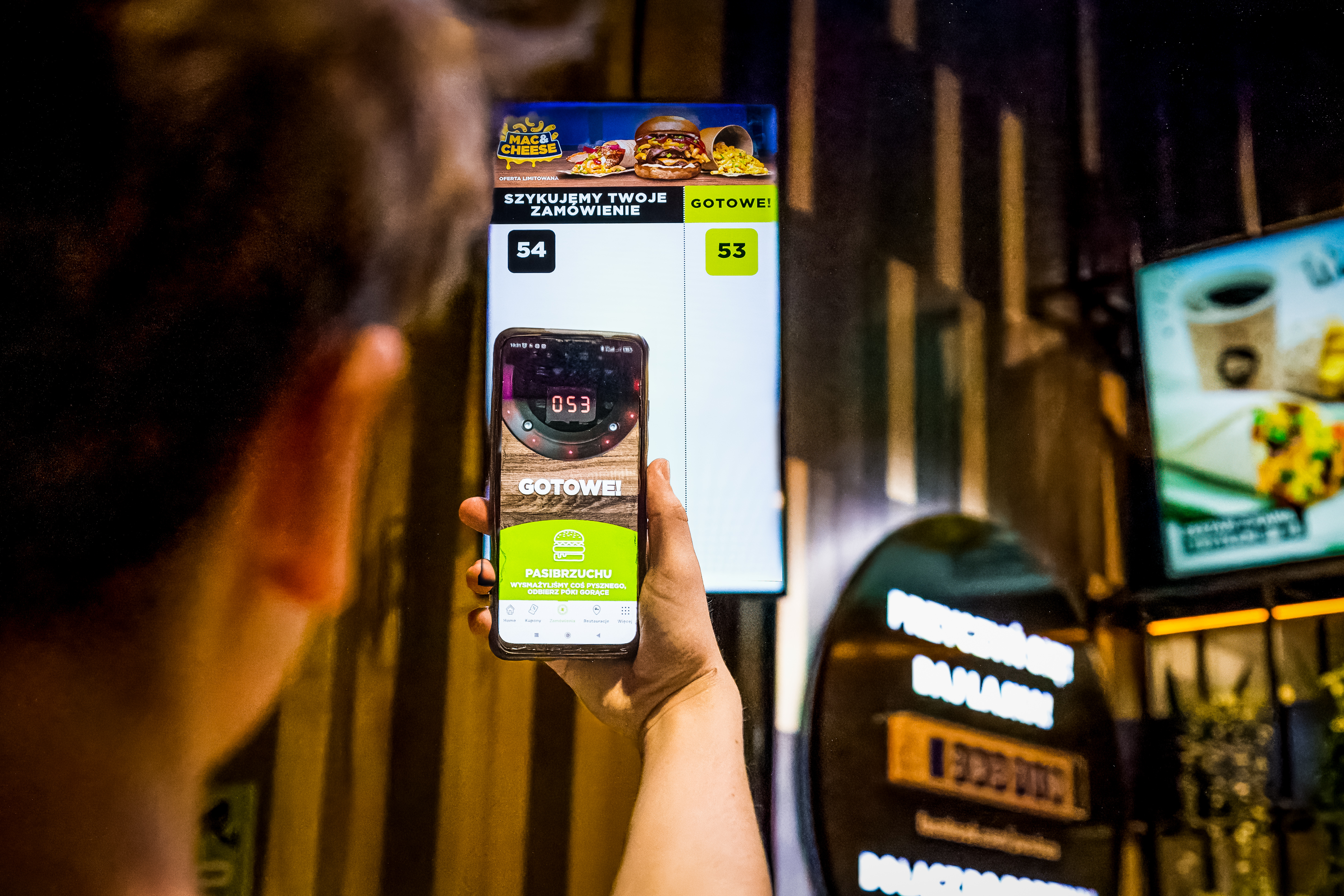The restaurant industry is undergoing significant transformation, with delivery channels gaining inc...
Blog
Explore the latest news and updates, carefully curated by our team.
The modern foodservice market looks very different from just a few years ago. Customers increasingly...
Starting June 28, 2025, all new self-service kiosks placed on the European Union market must comply ...
Self-service kiosks can serve not only as a convenient ordering solution but also as an efficient ma...
Self-service in restaurants is more than just a touchscreen and digital menu – it requires seamless ...
The food service industry is witnessing a dynamic rise in the adoption of self-service kiosks, which...
For QSR brands, seamless loyalty program integration across all ordering channels is essential for d...
In the fast-evolving world of food service, technology plays a crucial role in streamlining operatio...
In the rapidly evolving quick-service restaurant (QSR) sector, technology plays a crucial role in bo...
The quick service restaurant (QSR) industry is a dynamic sector that continues to evolve and adapt t...
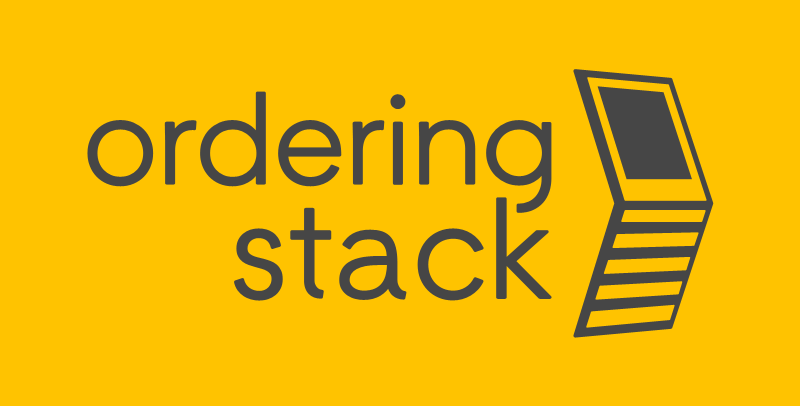


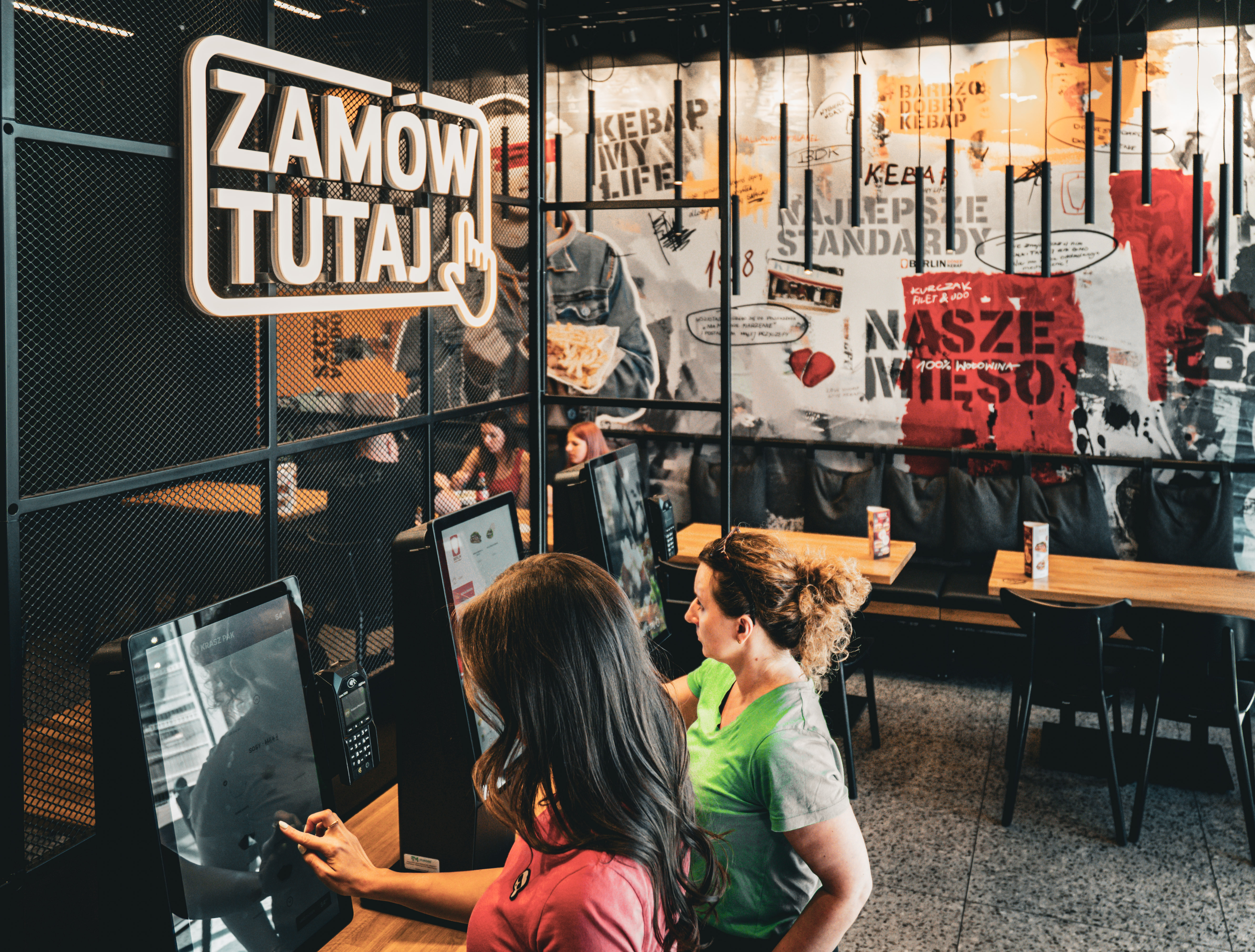
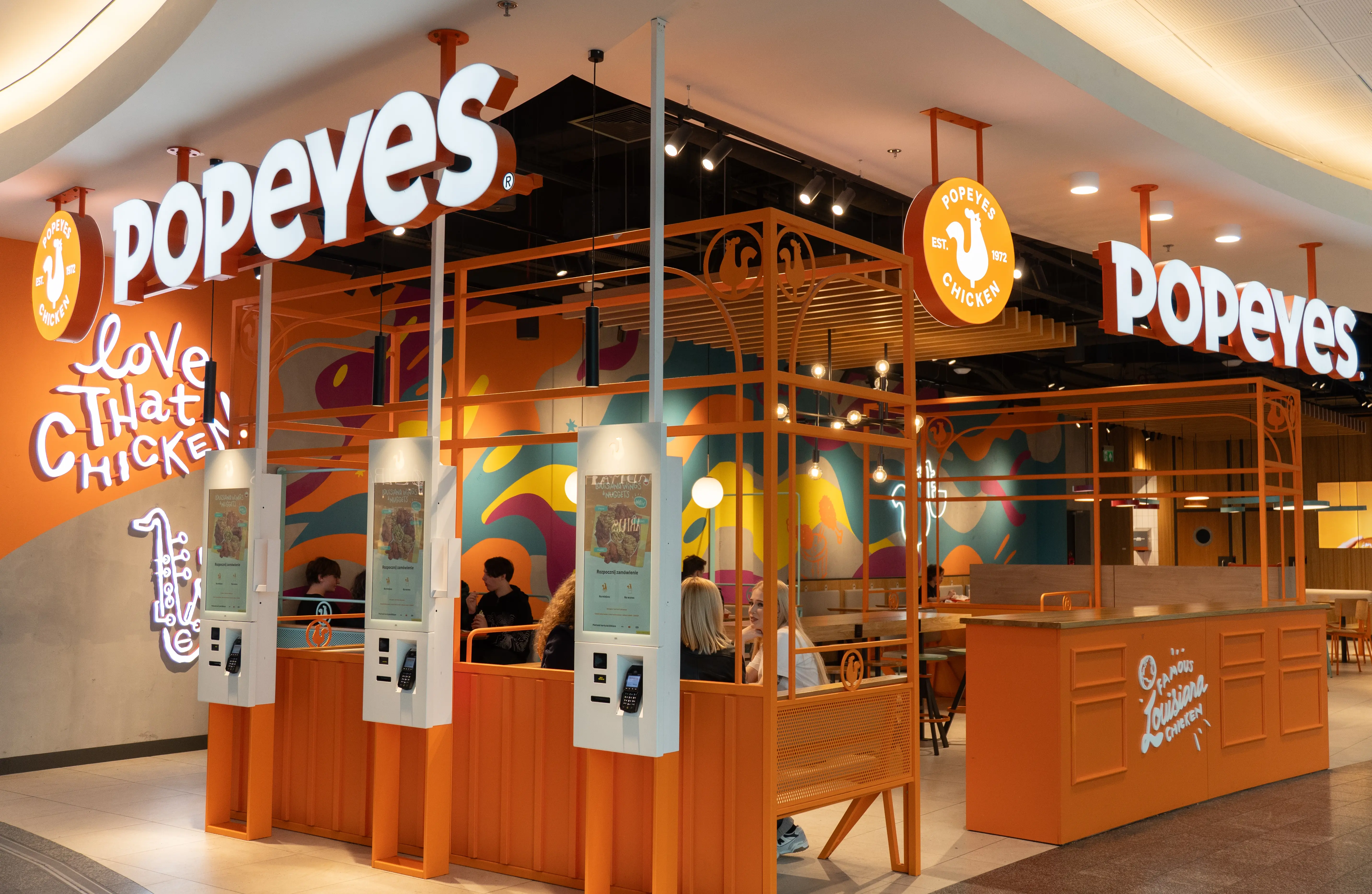
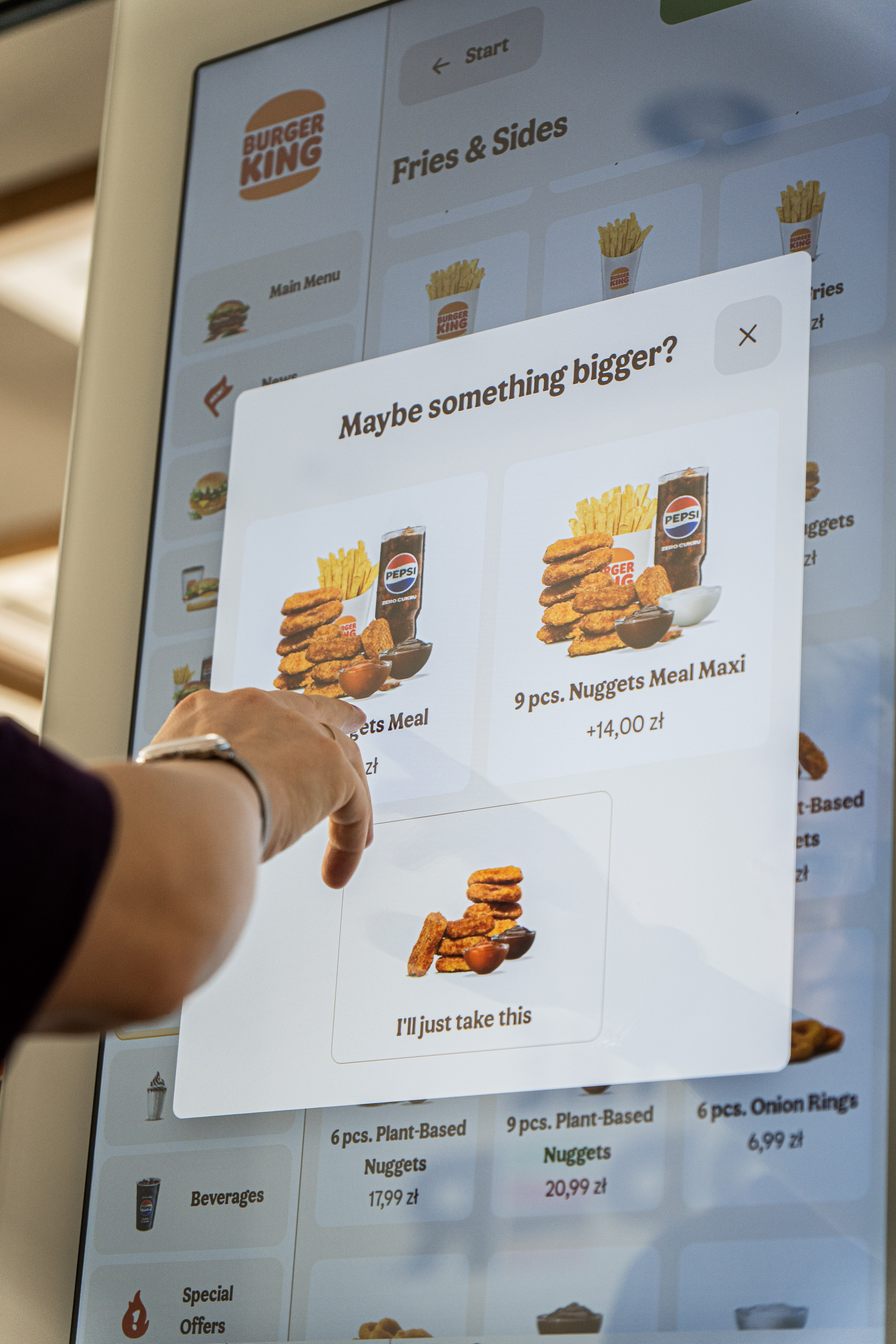
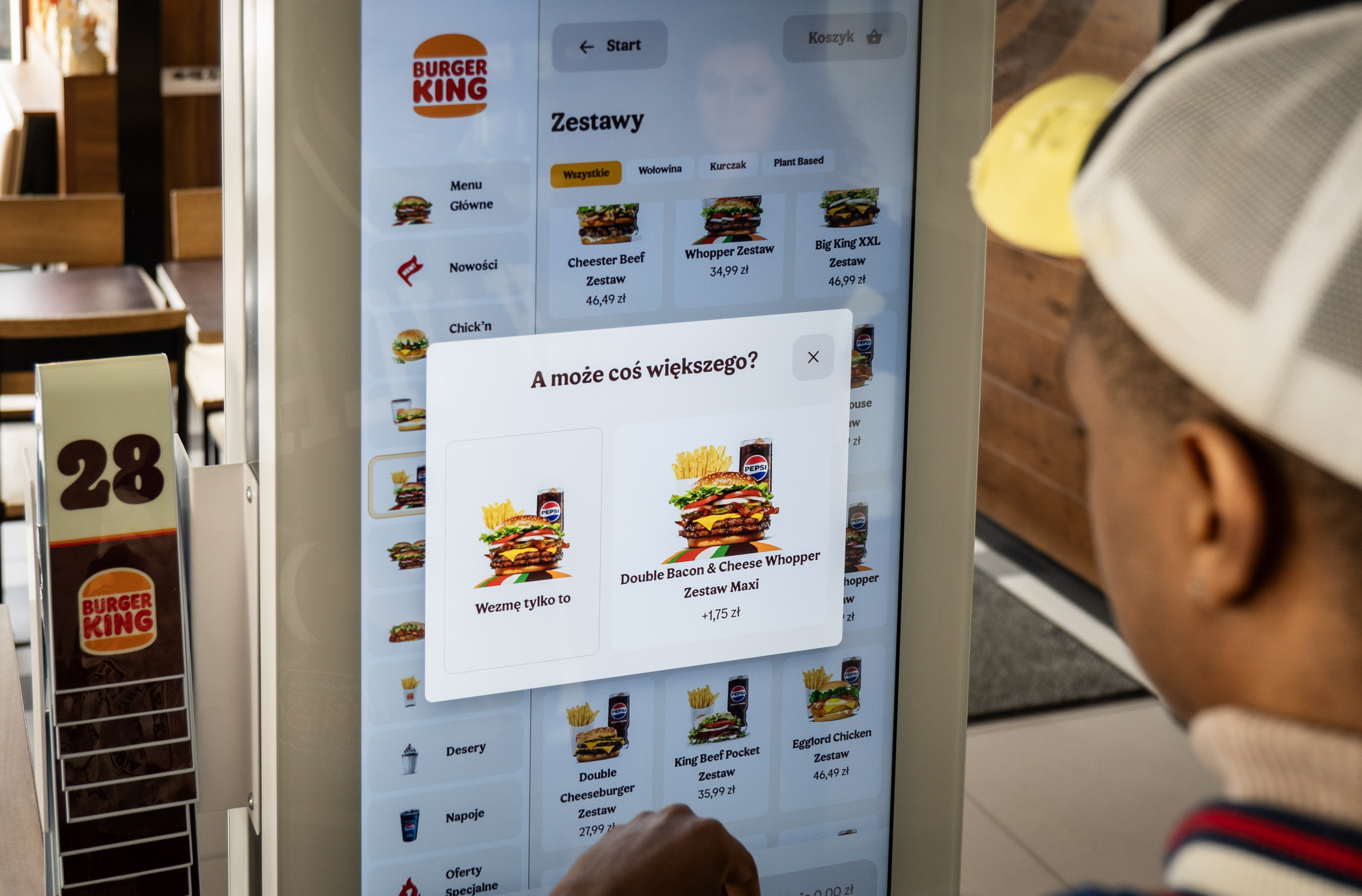
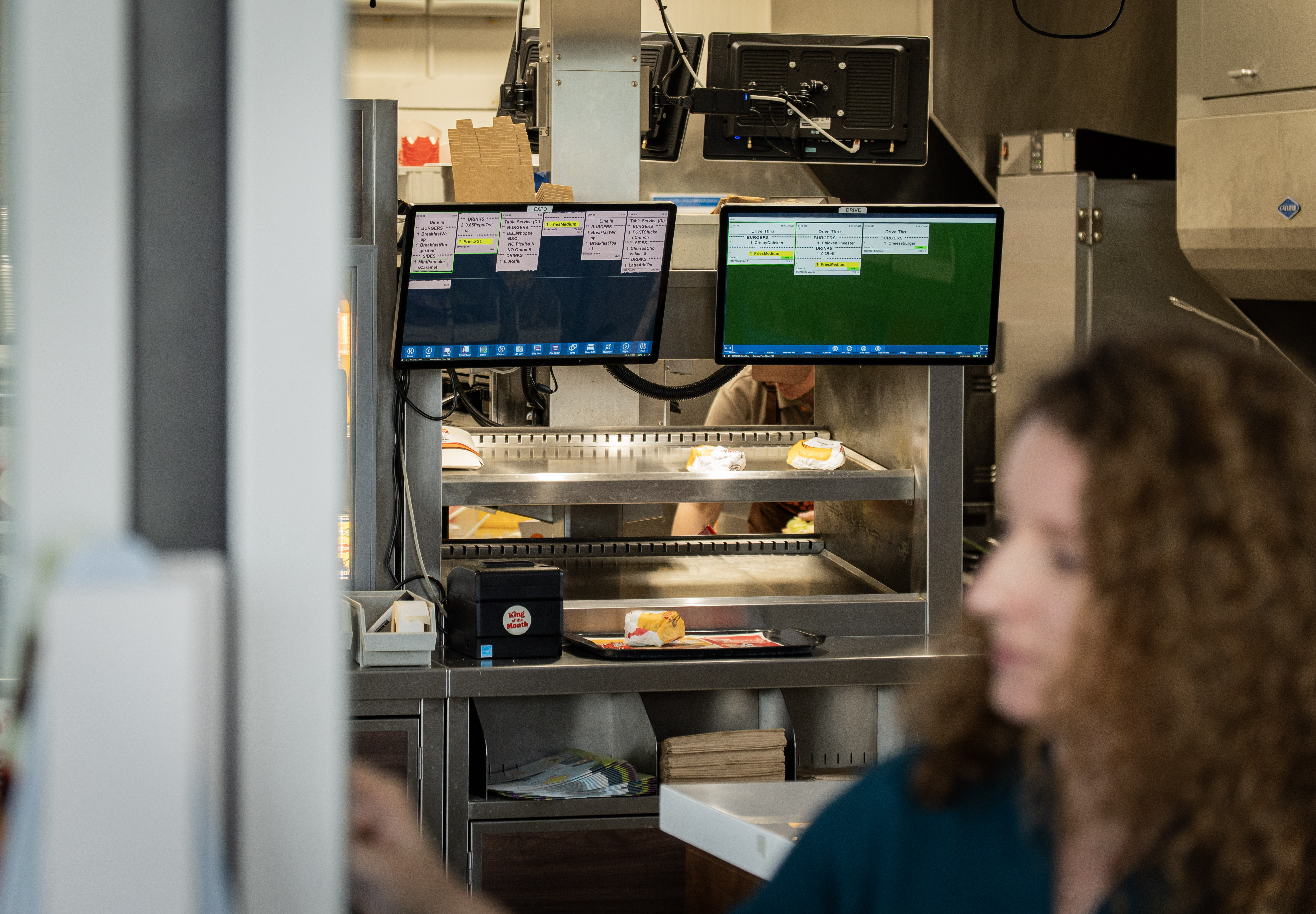
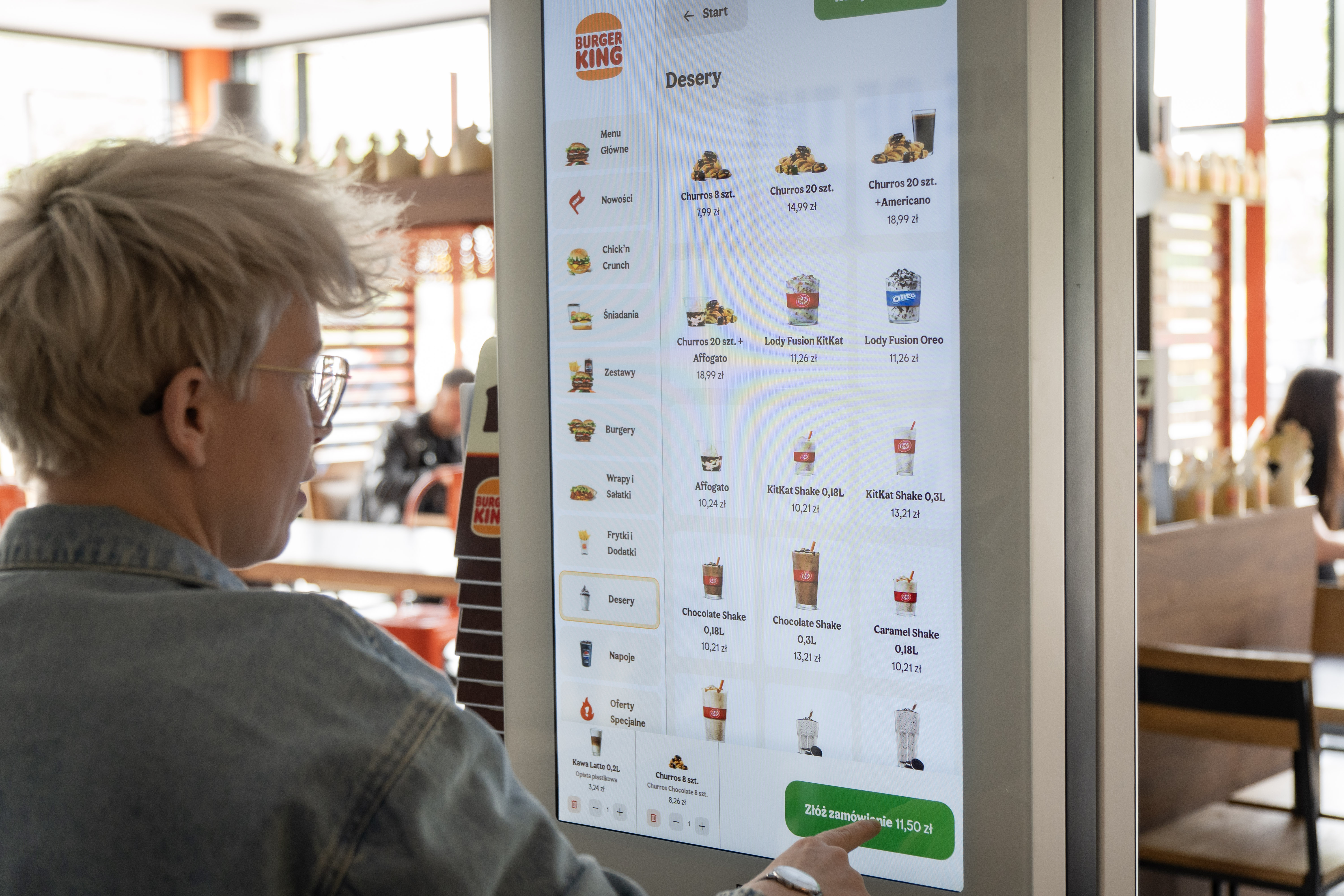
_v02.png)
